8 Major Google Algorithm Updates, Explained

Google commences changes to the ranking and algorithm every day. These changes could be little tweaks and also it could be some tweaks that shake up the entire SERPs. This article will show you and make you understand some of the most significant algorithm alterations and modifications and penalties that have been going on in the past few years. This will provide a concise impression and SEO suggestions.
If you wish to see what Google updates and changes are impacting your natural internet traffic and what possible ways, one can know that using a tool known as Rank Tracker. In order to use this tool, one has to simply launch Rank Tracker so that they can create a new project for the website. After creating a new project click on the Update Traffic button which is located at the top menu of Rank Tracker. After clicking on the Update Traffic button one has to enter the Google Analytics credentials so that the user’s account can get synced to the tracker tool. After the account is synced, one can lever to Organic Traffic in the low part of the Rank Tracker dashboard.
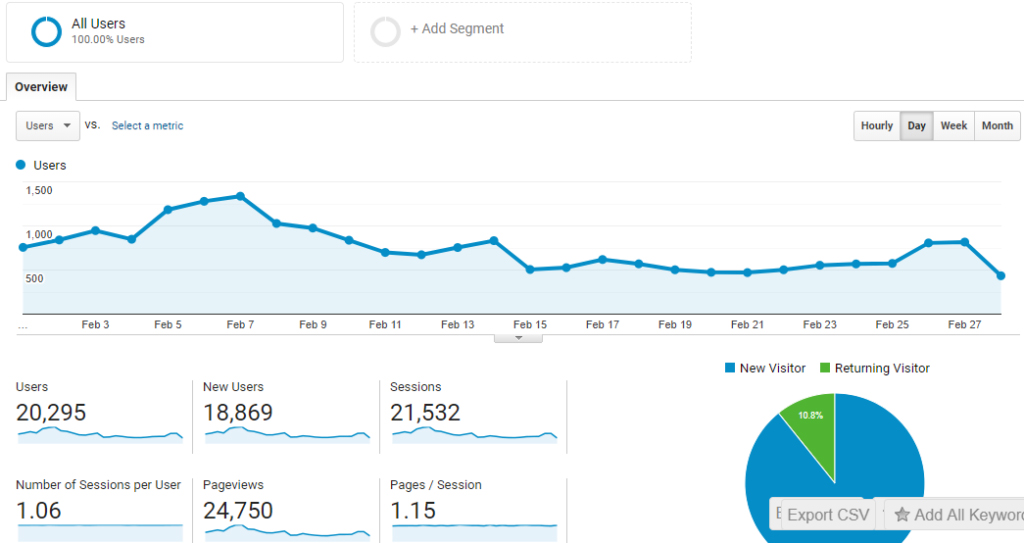
Find what every traffic changes and Google update were about and how can you adjust it-
Panda
Panda was launched on 24 February 2011. Its hazards include duplicate material, content that is plagiarized, the span generated by a user and keyword stuffing.
How does Panda work?
Panda disperses a quality score to website pages. This quality score is basically considered as a ranking feature. Originally, Panda was considered to be a filter and not a component of ranking and algorithms by Google. Panda was officially included in the central algorithm system in January 2016. The rollouts of Panda have become more and more frequent. This allows the penalties and the recoveries to happen at a faster speed.
How to make adjustments?
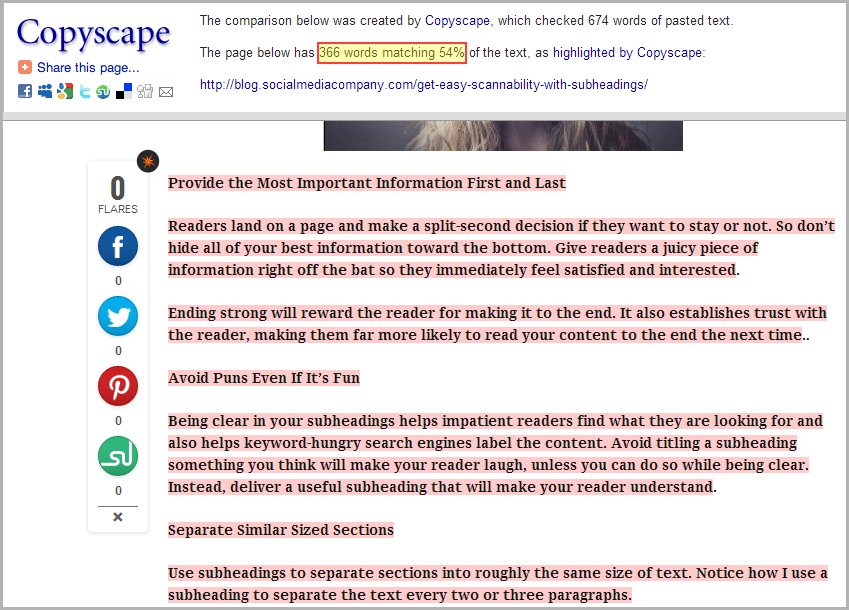
In order to regulate and adjust Panda, one has to run regular website checks and reviews for duplication of content, thin and plagiarized material and keyword stuffing. In order to run this check, one will require a site crawler, for example - Website Auditor by SEO PowerSuite. If one wants to review and check for any external content duplications, one can utilize a plagiarism checker such as Copyscape. If the user has an e-commerce website or online retail store and they cannot have completely unique content, they can also use original pictures where they can. They can also use reviews so that they can create product descriptions if they wish to stand alone from their competitors.
Penguin
Penguin was launched on 24 April 2012. The hazards that it includes are spam or irrelevant links and the links that are over-optimized with anchor content.
How does it work?
The objective of Penguin by Google is to basically down-rank the websites that seem to have manipulative links. Penguin is a component of Google’s central algorithm since late 2016.
How to make adjustments?

One can monitor the link profile’s expansion and also run standard audits with the help of a backlink checker such as SEO SpyGlass. One can find out the progress chart for the profile’s growth in the summary dashboard of the tool. One should always check for any abnormal spikes.
The statistics that are known to the people, Penguin takes consideration and is included in SEO SpyGlass’s Penalty Risk formula. To verify for consequence risks, visit the Linking Domains dashboard and follow the map to Link Penalty Risks check, pick the links and click on Update Penalty Risk. When the test is inclusive, prove with Penalty Risk feature, and be certain to appear into each link with a makeover fifty percent.
Hummingbird
Hummingbird was launched on 22 August 2013. It checks for the hazards such as keyword stuffing and content that is of low-quality.

How does it work?
Hummingbird assists Google to improve the understanding of searched queries and questions and offers better results that go with the intent of the searcher. It is always said that keywords play a significant role in improving the search results; however, Hummingbird aims at ranking the pages even if the search or query did not include the exact same keyword that the searcher has intended. This tool achieves this balance with the use of accepted language processing. This feature depends on the hidden semantic guide. It helps detect the search by using similar terms.
How to make adjustments?
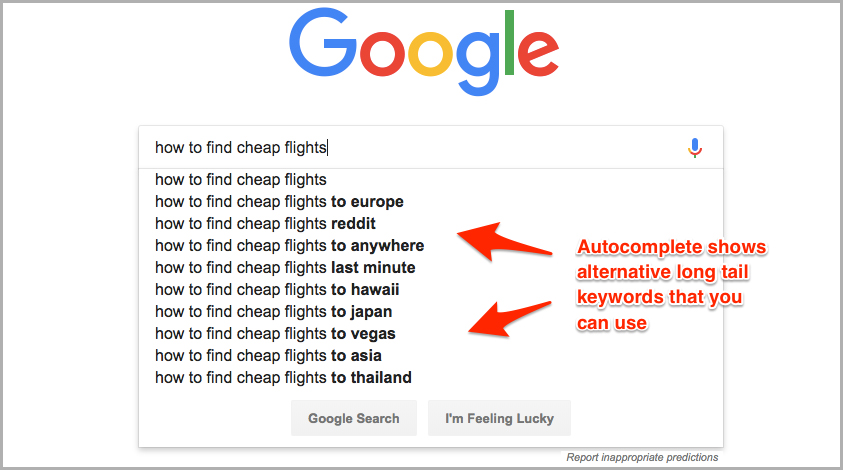
This tool makes adjusted by expanding the keywords research and put a focus on the concepts and not on the keywords. It carefully researches the associated searches and similar terminology. Such ideas and concepts include Related Searches Google and also Google Autocomplete. One can find all these features in the keyword research section of Rank Tracker. One can use these approaches to know the audiences’ and users’ communication better and also diversify and expand the content. One can win in conditions of commitment and also search engine optimization by designing and creating comprehensive website content that will persuade the searcher’s intent.
Pigeon
A pigeon was launched on 24 July 2014 in the United States and on 22 December 2014 in the United Kingdom, Australia, and Canada. It checks for hazards such as bad on and off web page search engine optimization.
How does it work?
The user’s location and place play a significant role in the running of Pigeon. This update forms close ties connecting the core algorithm and the local algorithm. This includes the traditional search engine optimization techniques and the advanced local rank results used today.
How to make adjustments?

In order to make adjustments, one has to make efforts in the one and off-page search engine optimization. The first step should be to run the on-page study with a Website Auditor. One can get a good idea of the elements of the on-page optimization through the use of the content analysis dashboard of the tool. The first step to begin with the off-page search engine optimization is by listing it in the pertinent business directories. This can be done by reaching out to the webmasters and request them to get listed with the LinkAssistant. The simplest way to do this is to click on ‘Look for Prospects’ and choose directories and then enter the keywords. It is always recommended to specify the category keywords and also the location. The tool will take a moment to return an inventory of related directories in the niche. This will also include the website owner’s email address.
Mobile
Mobile was launched on 21 April 2015. It checks for hazards such as short of a mobile version of a webpage and reduced mobile usability.
How does it work?
Mobile Update by Google makes sure that pages that are mobile-friendly rank higher on the mobile search and the web pages that are not updated for cell phone versions are sorted out from search results when a user makes searches on the mobile phone.
How to make adjustments?

This tool will help you go to mobile and pay attention to the pace and usability of mobile searches. This mobile-friendly experiment will assist one to see which factors and elements of the web page mobile version require improvement and tweaks. This feature is also incorporated into the WebSite Auditor. This allows one to check the web pages’ mobile steadiness fast. In order to find this, one can view content analysis, page audit and check under the technical factors bar.
RankBrian
RankBrian was launched on 26 October 2015. It checks for hazards such as query-specific importance aspects and shallow content and bad UX.
How does it work?
RankBrain is a component of the Hummingbird algorithm by Google. This is a mechanized learning classification that assists Google to comprehend and understand the significance behind the queries and questions and provide the best search results to match those queries and questions as a response. According to Google, RankBrain is the third mainly significant ranking tool. This tool helps in identifying the relevant features for the website pages ranking. These queries are basically related to specific ranking aspects.
How to make adjustments?
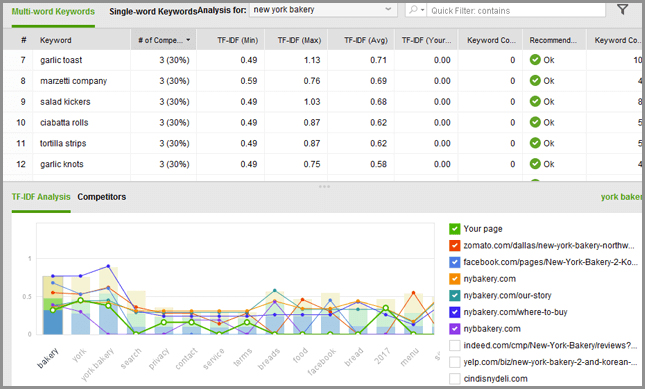
One can modify content for popularity and relevance and breadth. This can be done with the aid of an aggressive examination. You can take the assistance of the TF-IDF instrument by WebSite Auditor. This tool helps in discovering and identifying the appropriate terms and impressions that are used by all the other top competitors. This is an amazing way to expand the content of the websites.
Possum
Possum was launched on September 1, 2016. Its hazards include tense opposition in the target location.

How does it work?
The latest Possum update makes certain that the local results of searches differ depending on the location of the searcher or web surfer. The closer one is to the business’s address, the more likely one can see it in their searches. This tool has helped in establishing greater assortment among the search results for similar queries and keywords. It also helps in creating a boost for businesses that are located outside the area of a city.
How to make adjustments?
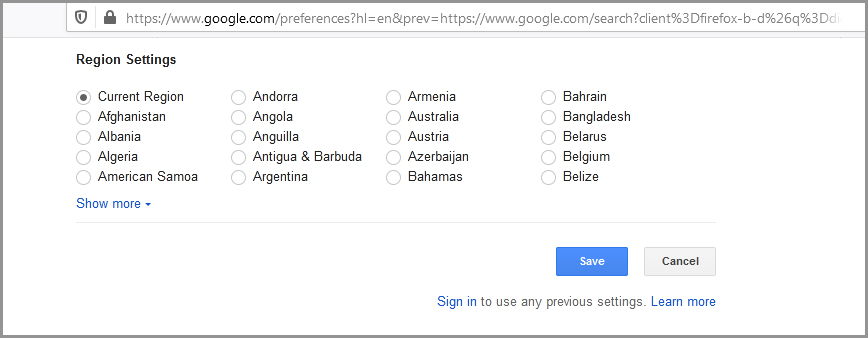
This tool can make adjustments by expanding the keyword list and carry on a location-specific rank tracking. Local businesses are in a need to target the keywords more than they used to, because of the unpredictability, Possum into the limited SERPs. In order to check the rankings, one should make sure that they are checking it from their target location. This can be done in the Rank Tracker. Under preferences, one can click on preferred search engines and then click add custom right beside Google. The next step is to specify the preferred location.
Fred
Fred was launched on 8th March 2017. The hazards include thin and affiliate heavy or ad-centered content.
How does it work?
Fred targets the websites that infringe and violate Google’s webmaster principles and guidelines. These websites mostly include blogs with low-quality posts. These posts are generally created to generate ad revenues.
How to make adjustments?
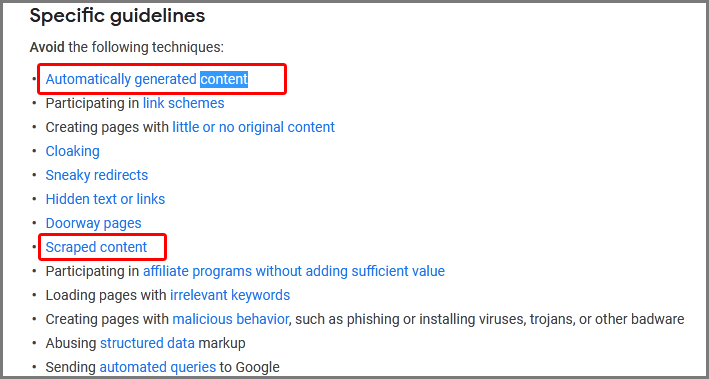
One can check the search quality guidelines by Google and look for the thin content. If one is showcasing advertisements, one must ensure that the ads are of high-quality and provide relevant and significant information. Many publishers generate revenue through advertisements which is totally legit as long as one is one tricking.

Author Sachin Gupta - Digital Marketing Consultant
Website: www.sachingupta.in
Read More: About Sachin Gupta








